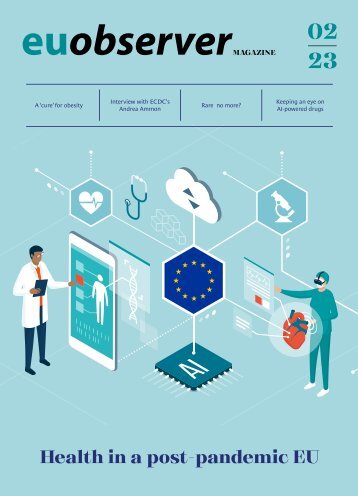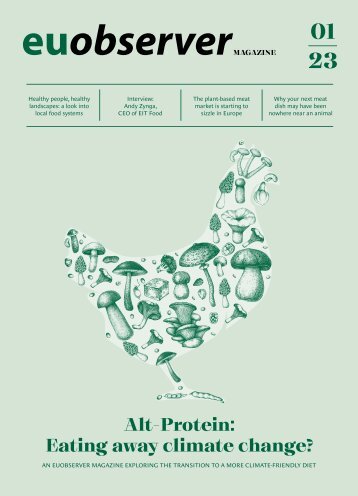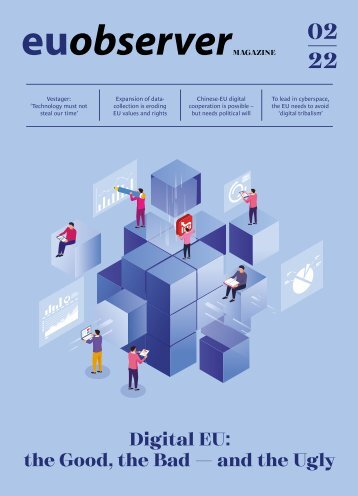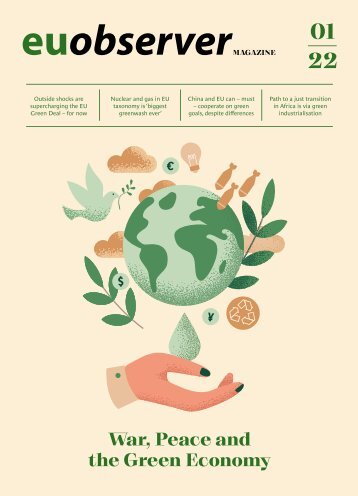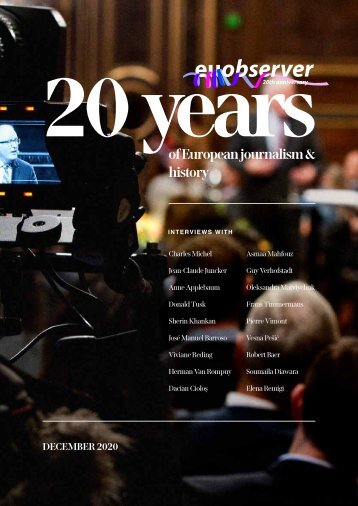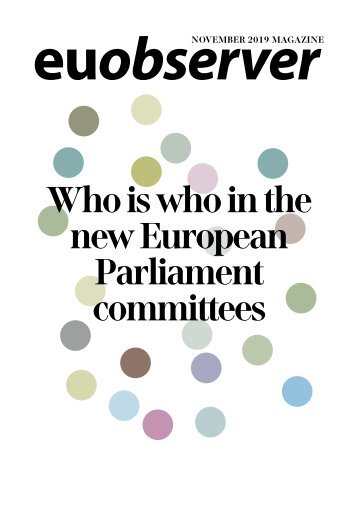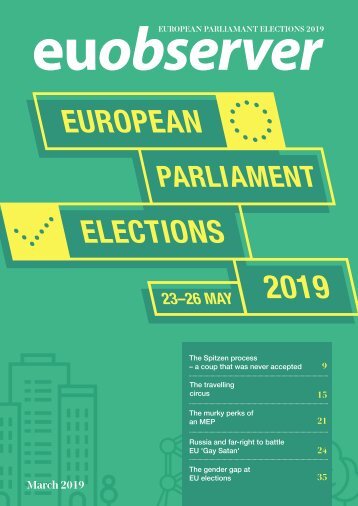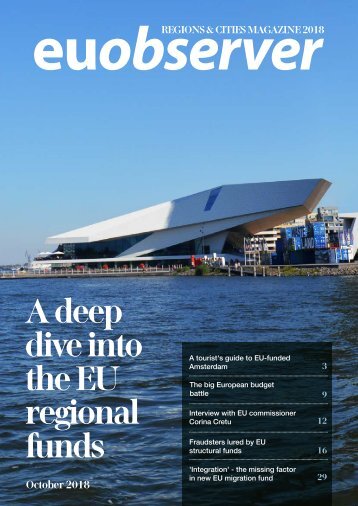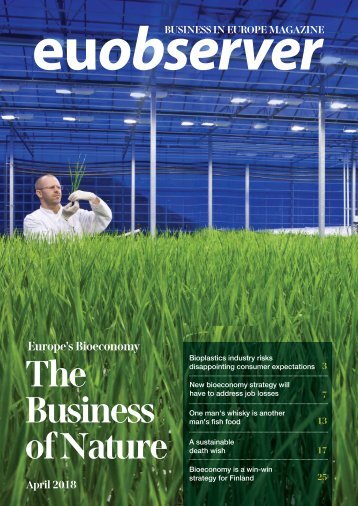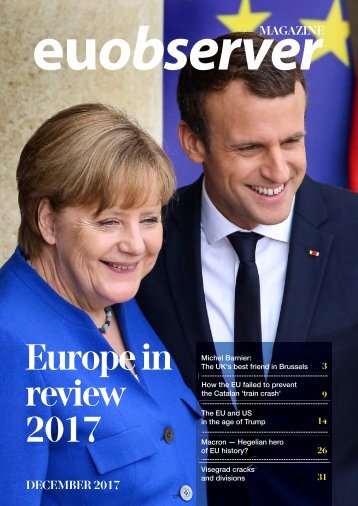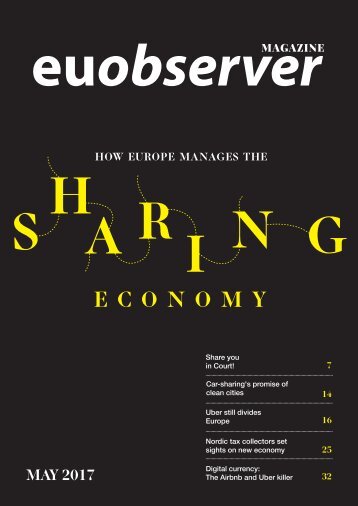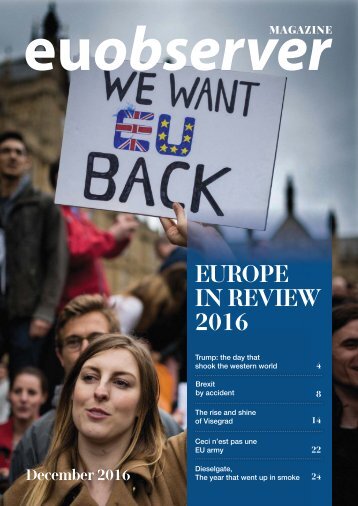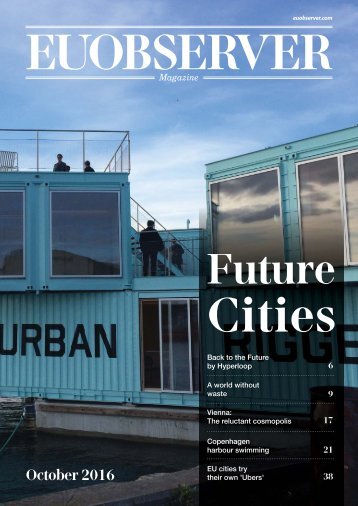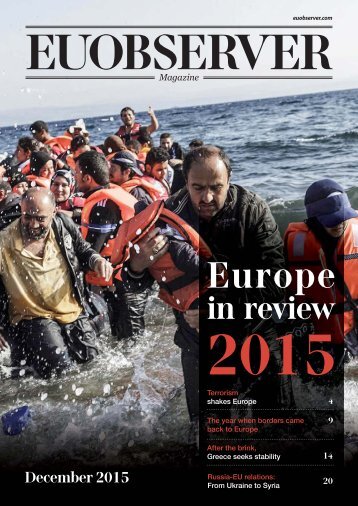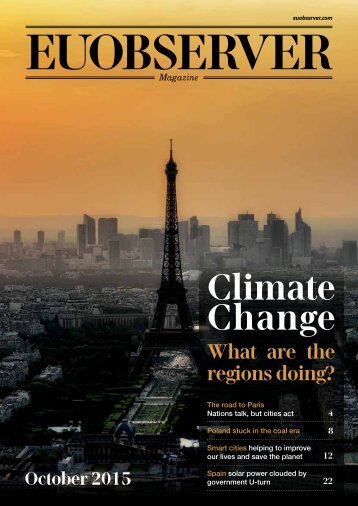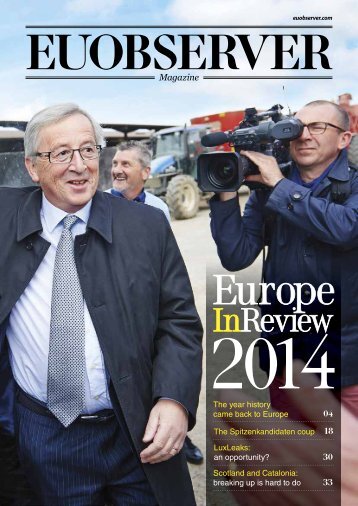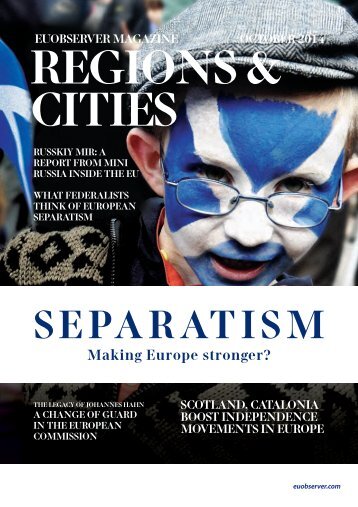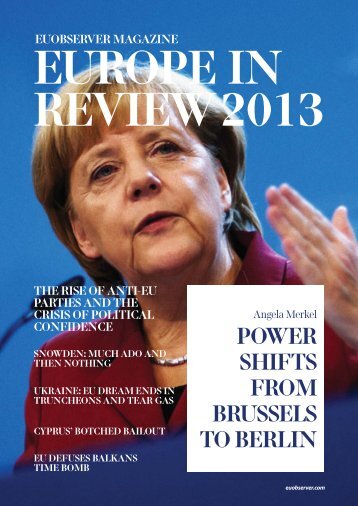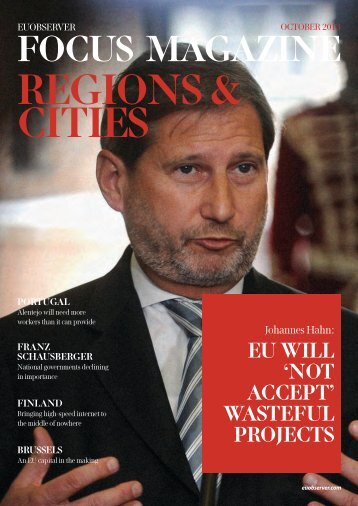Regions & Cities 2018: A deep dive into the EU regional funds
- Text
- European
- Regions
- Funds
- Cohesion
- Cities
- Regional
- Countries
- Euobserver
- Funding
- Eastern
ADDED VALUE? But
ADDED VALUE? But the projects do raise questions. Is EU money really needed to set up museums in Amsterdam, a city that already is overflowing with tourists? Gerard de Boer is senior subsidies advisor for Amsterdam. He noted that there was a rationale for each project. The Our Lord in the Attic museum helped bring families to a neighbourhood that normally hosts those interested in the strip clubs and hookers. "It was important that the redlight district also began receiving a different type of tourists," said De Boer. Hotel "The Exchange": €4.8m Photo: Peter Teffer were tolerated as long as they were not visible from the outside. The museum houses an actual church in the attic. "We heard about this museum from our daughter, who went here two or three years ago," said Sarencki Dariusz, a Polish tourist. He noted that his country had also profited from EU investment in infrastructure like roads, but had no problems with richer regions receiving ERDF money. "Why not?" he said. Children's exhibition in the Dutch Resistance museum €300,000 Photo: Peter Teffer Birgit Buchner, director of the museum, confirmed that the museum attracts visitors that otherwise would not visit the red-light district. "This museum’s visitors cause few problems and adds diversity to the neighbourhood", she said in an email to EUobserver. Buchner noted that the ERFD subsidy was "very important", but added it was very difficult to say what would have happened without it. According to Eurostat figures, greater Amsterdam had a gross domestic product (GDP) in 2015 of almost €100bn. When dividing the Netherlands into 40 regions using the so-called NUTS 3 classification, greater Amsterdam is the region with the highest GDP – producing 14.5 percent of the country's output. De Boer acknowledged that of course Amsterdam has a completely different economy than, for 06 — REGIONS & CITIES 2018
than a national one? - was something De Boer would rather not comment on. EU-FUNDED HOTEL Anyway. You must be tired after such a long day in Amsterdam. Time to check in your hotel. The Damrak street, which connects the station with the Dam square, has eight on a strip of less than 50 metres, but what better place to stay than in boutique hotel "The Exchange", which markets itself as a "fashion hotel with rooms dressed liked models". Micropia: €2m Photo: Peter Teffer example, Bucharest, but stressed that the share of regional funding going to richer countries was much smaller. "We use it to address deficits in our economy," he noted. In Amsterdam the ERDF money is used to reduce disparities within the city, rather than arrive at the end goal of EU regional policy: full cohesion between all regions. But that is allowed. In effect, the money is used for classic regional policy. The question - what the added value was For years the Damrak street had a bad reputation, but it is being cleaned up. In the ERDF period 2007-2013, a real estate company was granted two subsidies totalling at €6.2m to help buy 13 buildings and renovate them. In the same period, another €4.8m of ERDF money was granted as co-financing for the development of "The Exchange" hotel. It is not the cheapest hotel in the street, but after spending the night here, you can say that you slept in a hotel part-financed by EU taxpayer money. However, the hotel's spokeswoman said she did not know the hotel had received EU funding. of receiving the money from an EU fund rather Westerkerk: €327,858 Photo: Peter Teffer 07 — REGIONS & CITIES 2018
- Page 1 and 2: REGIONS & CITIES MAGAZINE 2018 A de
- Page 3 and 4: A tourist's guide to EU-funded Amst
- Page 5: Noorderpark: €33m Photo: Peter Te
- Page 9 and 10: The big European budget battle— w
- Page 11 and 12: the EU to have the ability to tax i
- Page 13 and 14: Most of the regions have been funde
- Page 15 and 16: Commissioner Corina Cretu: 'We have
- Page 17 and 18: 'Some member states will not qualif
- Page 19 and 20: Romania receiving structural funds,
- Page 21 and 22: Tug of war between 'top -down' and
- Page 23 and 24: framework, which will weaken cohesi
- Page 25 and 26: Scotland's remote regions, like in
- Page 27 and 28: Cohesion policy projects in Romania
- Page 29 and 30: 'Integration' -the missing factor i
- Page 31 and 32: The second biggest headache is maki
Inappropriate
Loading...
Mail this publication
Loading...
Embed
Loading...
